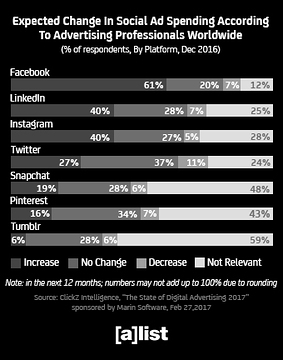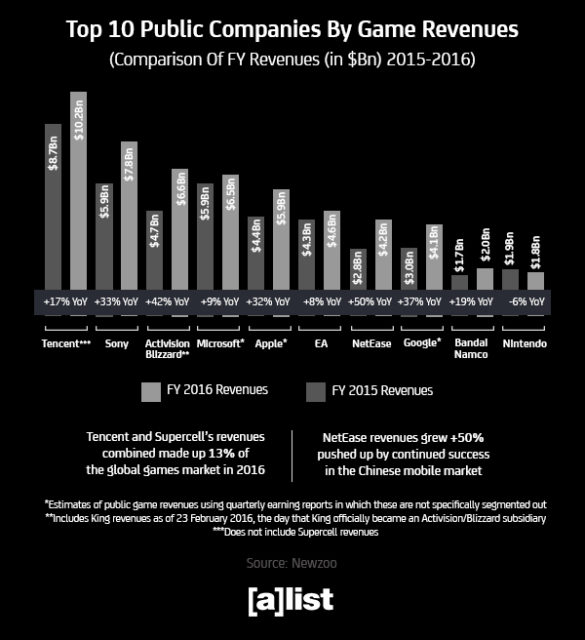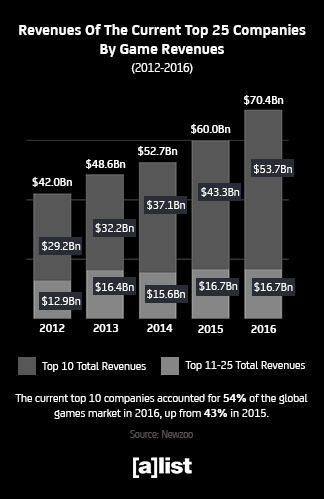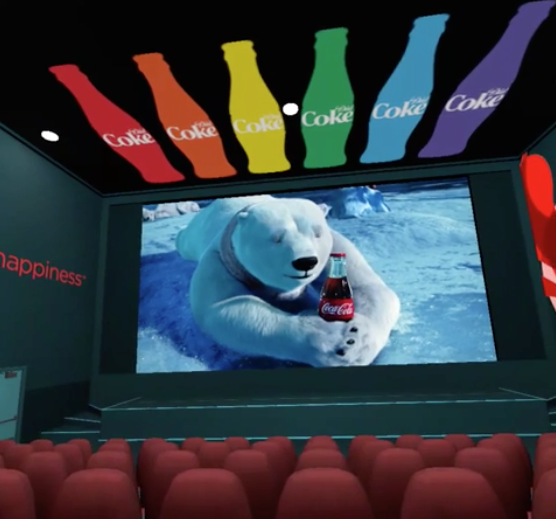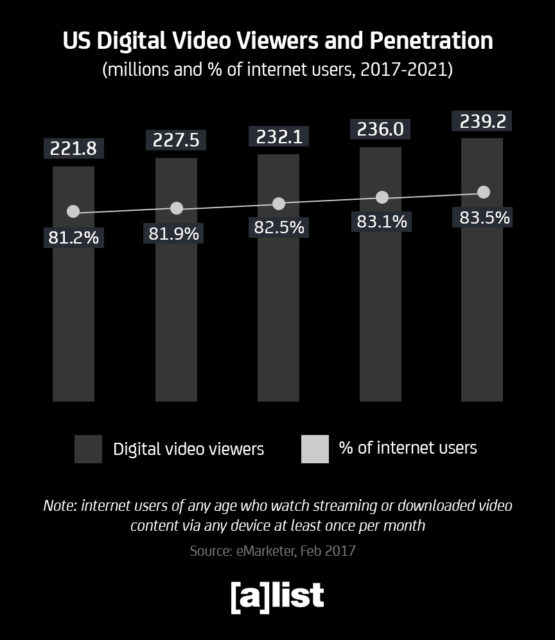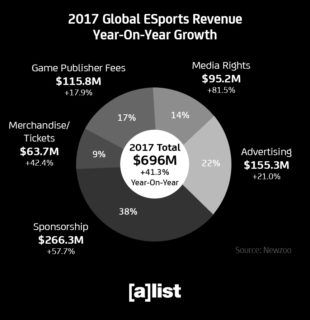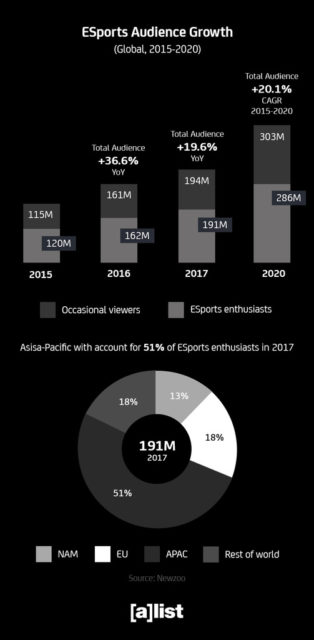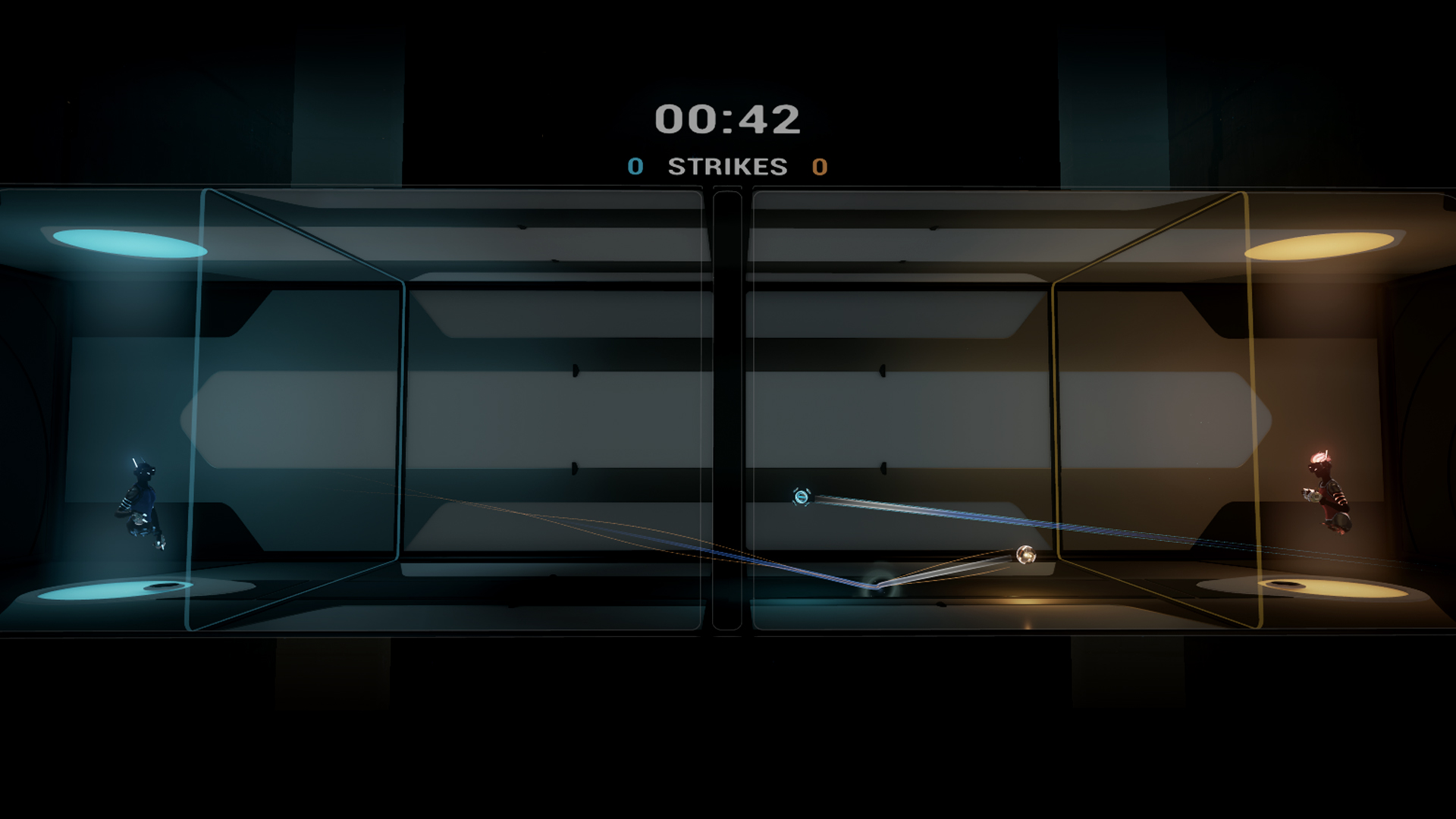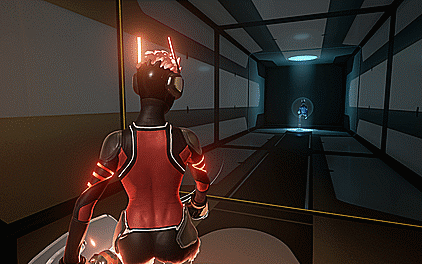Fans love to collect a variety of items from their favorite TV shows, movies, comic books and other entertainment. Everything from toys to stickers showcase their love and enthusiasm for different franchises. However, one of biggest problems with that hobby is finding the physical space to display and show it off to the world. Quidd has a solution to that problem: digital collection through its mobile app.
The idea of collecting digital goods might seem strange at first, but it makes more sense once you consider how players spend thousands of dollars on cosmetic items in their favorite video games. With Quidd, users can purchase or trade digital goods to show off or complete sets and it looks like the digital age of collectibles is quickly catching on. The company revealed in a statement that over one million digital items have already been distributed on the platform since its founding in 2015.
Quidd’s collectibles include digitized versions of real-world toys and figures, backed by partnerships with companies such as Funko, along with stickers, trading cards and emoji featuring popular franchises such as Star Trek, Breaking Bad and Scream Queens. A partnership with the licensed board game and collectibles company, Cryptozoic Entertainment adds Adult Swim items from Adult Swim shows such as Rick and Morty, Adventure Time, and Steven Universe into the mix. That’s in addition to the app announcing that it raised $6.75 million in funding to help further feed the need for collectibles.

According to Quidd CEO and co-founder, Michael Bramlage, the app is quickly winning over like-minded fans, and it is helping to overcome the stereotype that collecting is mostly for the older, male, demographic. He said in a statement: “With an eclectic assortment of content, an immersive digital-only experience, and fun, expressive products like stickers, Quidd is proving that the desire to collect and geek out with fellow fans is cutting edge and universal, encompassing millennials, female fans and more. It’s no wonder that 70 percent of our fans have never collected physical stickers, cards, or toys before they purchased their first digital collectible on Quidd.”
Bramlage talks to [a]listdaily about servicing the new generation of like-minded super-fans, comprised mainly of millennials, by giving them a platform to collect and connect with each other on.
In your words, how would you describe Quidd?
Quidd is an app to collect and trade digital stickers, digital cards, and digital toys. It’s a little bit like a digital toy store on your phone. It might sound silly, but consider the billions of people that send emoji and digital stickers in chat messages each day. We want to serve that market with high-end, limited-edition emoji and sticker content, almost treating it like art or toys to be curated and collected.
How does collecting digital items help fans connect with their favorite shows?
You’re exactly right that we’re helping millennial super-fans connect with the shows they obsess over and love, like Rick and Morty or Bob’s Burgers. But how do we really do that? Well, collecting is far more than just the object. It’s far more than that limited-edition, premium (and hilarious) digital sticker from Rick and Morty that you collect on Quidd and can share in your text messages. It’s the experience around it. It’s meeting like-minded fans that are trying to collect the same thing. It’s hanging out, and geeking out, about the show. There’s a whole social layer to the experience. Think of it as like having Comic Con in your pocket.
What would you say is the appeal of collecting digital items compared to physical ones?
 The interesting thing we’re learning is that these are real objects that just happen to be digital. So, it’s a little like comparing reading a novel on a Kindle versus a hardbound book. It’s a similar experience, just more immediate, more frictionless, and we think more heightened. You can trade and exchange items with anyone in the world, instantly, at four in the morning on Quidd. You can’t easily do that with physical items. You can open an endless stream of packs of cards on your phone before you go to bed at night. You just can’t get that immediacy and ability to get more, on-demand, with physical collecting.
The interesting thing we’re learning is that these are real objects that just happen to be digital. So, it’s a little like comparing reading a novel on a Kindle versus a hardbound book. It’s a similar experience, just more immediate, more frictionless, and we think more heightened. You can trade and exchange items with anyone in the world, instantly, at four in the morning on Quidd. You can’t easily do that with physical items. You can open an endless stream of packs of cards on your phone before you go to bed at night. You just can’t get that immediacy and ability to get more, on-demand, with physical collecting.
Seventy percent of Quidd users have never collected physical stickers, cards, or toys before they purchased their first digital collectible in the app. This includes a disproportionate number of millennial females. What sets us apart is that we’ve built this experience that allows us to tap into the latent need of super-fans, and not just the stereotypical adult male trading card or action figure collector. The app and platform is proving that everyone—young, old, male or female—has an inner geek just waiting to come out.
We’re proving every day that Quidd is expanding the tent of the collecting market by turning super-fans into first-time collectors through a native digital experience and through fun, collectible products like digital stickers.
What can users do with the digital items they collect?
 Digital stickers that you collect on Quidd integrate with our keyboard so you can drag-and-drop them into your iMessage chat messages. Digital cards can be collected and traded and digital toys, like Funko Pop! figures, can be played with and displayed. We’re investing heavily into bringing these stickers, cards and toys to life after you own them on Quidd. So imagine, in the future, building a relationship with a digital doll that you own in the app.
Digital stickers that you collect on Quidd integrate with our keyboard so you can drag-and-drop them into your iMessage chat messages. Digital cards can be collected and traded and digital toys, like Funko Pop! figures, can be played with and displayed. We’re investing heavily into bringing these stickers, cards and toys to life after you own them on Quidd. So imagine, in the future, building a relationship with a digital doll that you own in the app.
How have you been spreading the word about Quidd?
The app has really been spreading by word-of-mouth in these fan communities. When we launch a new channel like Rick and Morty, the word within that fan base spreads rapidly.
How did the partnership with Cryptozoic to include Adult Swim digital collectibles come together?
Cryptozoic is the preeminent maker of physical collectibles and tabletop games and has been a long-standing partner of Adult Swim and Cartoon Network. It was a no-brainer to take that relationship and the years worth of physical collectibles from Rick and Morty and Adventure Time and recreate that experience digitally. We are very fortunate to have such great partners.
How will the $6.75 million be used to help Quidd expand?
In two ways. First, more and more content is in the pipeline and will be launching on Quidd in the coming months. There is some really exciting big name stuff that you’ll see soon, and the funding will be applied to helping launch this new stuff. Second, the funding will be plowed into even more product development. We’re a technology platform that allows publishers to create, merchandise, and sell collectible digital goods to their fan bases and so it’s imperative that we are continually building the most sophisticated platform possible. We have a roadmap that covers the next half-decade so we’re pushing hard to get that out sooner.

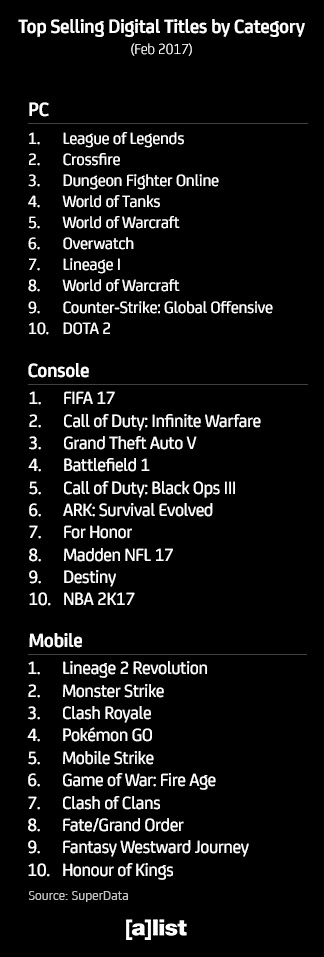 Launching February 14, Ubisoft’s
Launching February 14, Ubisoft’s 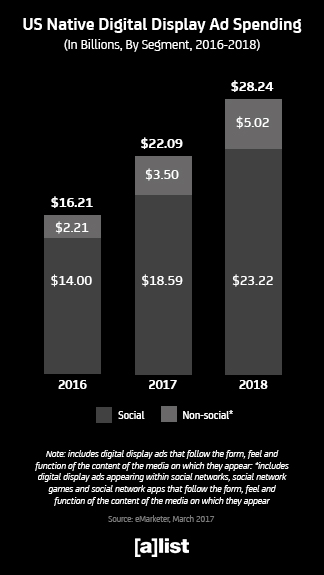 Native digital display ad spend in the US will grow 36 percent this year to reach $22 billion, according to the latest
Native digital display ad spend in the US will grow 36 percent this year to reach $22 billion, according to the latest 